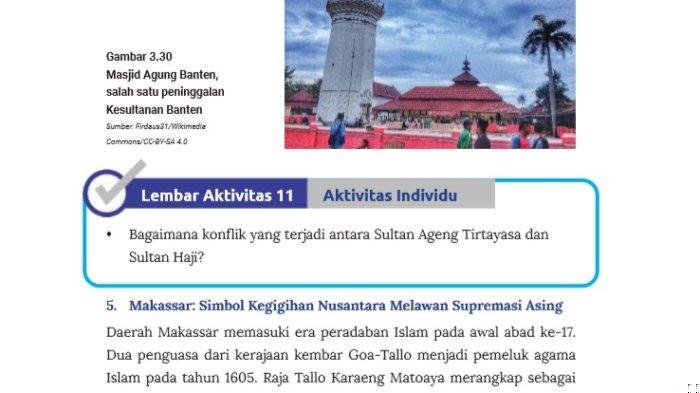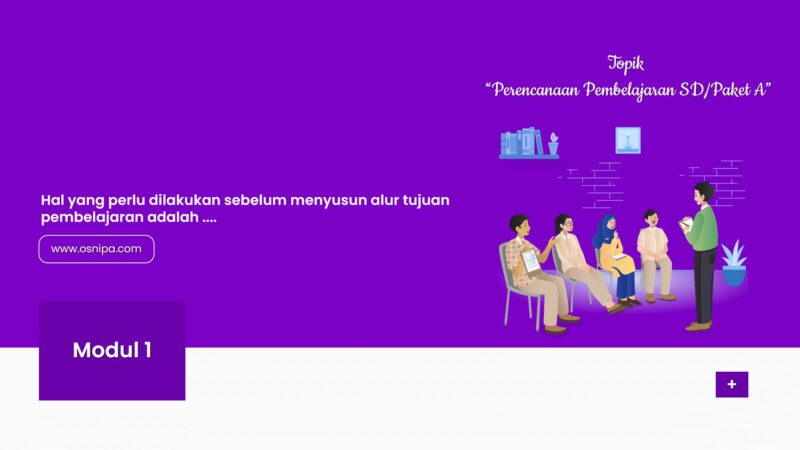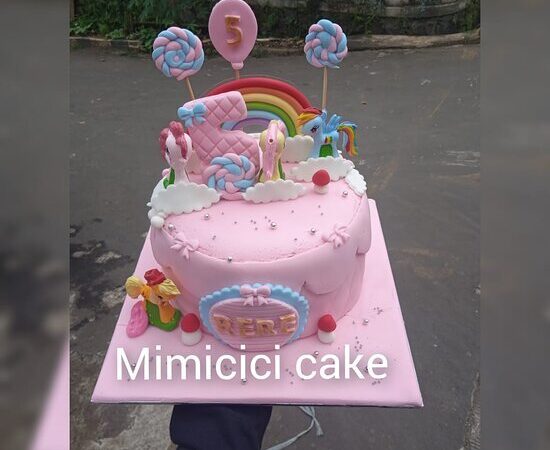Perbedaan Candi Langgam Jawa Tengah Dan Jawa Timur: Analisis

Candi langgam Jawa Tengah and Candi langgam Jawa Timur showcase distinct architectural styles influenced by their regional cultures. While the Central Java style often displays intricate carvings and spiritual symbolism, the East Java style emphasizes grandeur and scale, mirroring the local historical context.
Curious about how these differences manifest in their designs? Exploring bagaimana perbedaan candi langgam jawa tengah dan candi langgam jawa timur provides insight into the rich heritage of Indonesia, reflecting the diverse narratives told through stone. Each temple tells a story, inviting us to appreciate the unique artistry of these magnificent structures.
Bagaimana Perbedaan Candi Langgam Jawa Tengah dan Candi Langgam Jawa Timur
When exploring the rich cultural heritage of Indonesia, specifically its ancient temples, one cannot overlook the distinct architectural styles of the Candi Langgam (or Langgam Temples) found in Central Java and East Java. These temples not only represent the religious architecture of their time but also showcase regional differences that reflect the social, cultural, and historical contexts of their locations. In this article, we will delve into the fascinating differences between Candi Langgam in Central Java and East Java, exploring their design, historical significance, and the unique features that set them apart.
Understanding the Candi Langgam
Candi Langgam refers to a particular style of Hindu-Buddhist temples that flourished during the medieval period in Java. The term ‘langgam’ itself indicates a ‘style’ or ‘form,’ and these temples embody specific architectural characteristics that signify their origins.
– **Candi Langgam in Central Java**: Central Java is known for its intricate and sophisticated temple designs. The temples here often showcase elaborate carvings, towering structures, and a strong influence from both Hindu and Buddhist traditions.
– **Candi Langgam in East Java**: In contrast, East Java’s temples tend to feature a more robust and simplified architectural style, yet they resonate with local cultural elements. The designs here often reflect the influence of the Majapahit Empire, one of the major Hindu-Buddhist empires in Southeast Asia.
Architectural Styles: A Closer Look
Candi Langgam Jawa Tengah
The architecture of Candi Langgam in Central Java is characterized by:
– **Complex Structures**: Many temples feature multi-tiered roofs, often resembling a stepped pyramid.
– **Intricate Carvings**: The walls are richly adorned with carvings depicting scenes from Hindu epics like the Ramayana and Mahabharata.
– **Stone Material**: The use of volcanic stone is prevalent, giving the temples a sturdy appearance.
– **Sculptural Elements**: Statues of deities and mythical creatures are commonly incorporated into the overall design.
Candi Langgam Jawa Timur
East Java’s Candi Langgam exhibits unique characteristics such as:
– **Simplicity in Design**: The structures often have fewer decorative elements, showcasing a more straightforward approach.
– **Local Materials**: Temples are built using locally sourced stones, which can differ significantly from the materials used in Central Java.
– **Majapahit Influence**: The design often incorporates elements inspired by the Majapahit culture, noticeable in the layout and sculpture styles.
– **Functional Layout**: Many temples serve practical purposes, not just religious, indicating a close connection with the daily lives of the local populace.
Historical Context and Significance
Understanding the historical background of these temples adds depth to our appreciation of their architectural styles.
Central Java: The Heart of Hindu-Buddhist Culture
Central Java served as a central hub for Hindu and Buddhist kingdoms, particularly during the 7th to 9th centuries. Notable kingdoms such as the Mataram Kingdom played significant roles in temple construction.
– **Cultural Exchange**: This region witnessed a fusion of cultures due to extensive trade and pilgrimage activities.
– **Artistic Flourishing**: The artistic endeavors of Central Java led to the creation of some of the most remarkable temples, including Borobudur and Prambanan.
East Java: The Legacy of Majapahit
East Java’s temples are often associated with the Majapahit Kingdom, which thrived in the 13th to 16th centuries.
– **Political Power**: The construction of temples was a sign of power and religious devotion, reflecting the political might of the Majapahit.
– **Cultural Heritage**: Temples in this region often highlight local traditions, integrating indigenous beliefs with Hindu and Buddhist practices.
Symbolism and Iconography
The symbolism embedded in these temples reveals much about the beliefs and practices of the people who built and used them.
Candi Langgam Jawa Tengah
In Central Java, the temples often symbolize:
– **Spiritual Connection**: The elaborate designs and sculptures serve as a means to connect with the divine.
– **Cosmic Order**: The layout of the temples reflects the Hindu cosmology, representing the universe’s structure.
Candi Langgam Jawa Timur
East Java’s temples, on the other hand, symbolize:
– **Local Identity**: The simplified designs mirror the local culture and the people’s connection to their land.
– **Community and Life**: Many temples served dual purposes, enhancing the community’s daily activities beyond just spiritual practices.
Preservation and Tourism
Both regions have made significant efforts to preserve their cultural heritage through these temples.
Efforts in Central Java
– **Restoration Projects**: Several restoration projects have aimed to maintain the structural integrity of temples like Borobudur and Prambanan, ensuring they remain accessible to future generations.
– **Cultural Tourism**: Central Java actively promotes temple visits as part of cultural tourism, attracting visitors interested in history and architecture.
Efforts in East Java
– **Community Involvement**: Local communities often participate in maintaining the temples, fostering a sense of ownership and pride.
– **Cultural Festivals**: Events related to the temples, such as cultural festivals and rituals, draw tourists and locals alike, reinforcing the temples’ significance in contemporary society.
Differences in Accessibility and Popularity
When it comes to tourism, Central Java is often more popular compared to East Java due to the presence of world-renowned sites. However, East Java offers unique temples worth exploring.
Candi Langgam Jawa Tengah
– **Highly Visited**: Locations like Borobudur and Prambanan attract millions of visitors annually, leading to well-established tourism facilities.
– **Infrastructure**: The infrastructure supporting tourism in Central Java is more developed, with hotels, guides, and infrastructure catering to tourists.
Candi Langgam Jawa Timur
– **Hidden Gems**: Temples such as Candi Penataran and Candi Jago, though less known, provide authentic experiences away from the crowds.
– **Rural Tourism**: The less commercialized nature of East Java temples offers visitors a chance to experience local life and traditions.
In summary, the differences between Candi Langgam in Central Java and East Java reflect the rich tapestry of Indonesia’s cultural heritage. From architectural styles and historical significance to the symbolism embedded within their structures, each temple tells a unique story of the region it hails from. Whether one is drawn to the ornate designs of Central Java or the simpler yet profound structures of East Java, both regions offer a profound insight into the depth of Indonesian history and spirituality. Engaging with these sites not only enhances our understanding of the past but also deepens our appreciation for the cultural diversity that continues to thrive in Indonesia today.
Kalian harus tahu..!!Perbedaan langgam candi jawa tengah dan jawa timur
Frequently Asked Questions
What architectural styles distinguish Central Java’s and East Java’s Hindu-Buddhist temples?
The architectural styles of temples in Central and East Java exhibit notable differences. Central Java’s temples often feature a more symmetrical design with complex, intricate carvings and a focus on verticality, showcasing the influence of early Hindu-Buddhist architecture. In contrast, East Java’s temples, such as those from the Majapahit era, display a more diverse architectural style, incorporating elements of local culture and a distinct emphasis on horizontal lines and expansive layouts.
How do the inscriptions and reliefs differ between Central and East Java temples?
The inscriptions and reliefs found on temples in Central Java frequently depict traditional Hindu and Buddhist stories, often utilizing intricate iconography. In East Java, the inscriptions may also include local historical events and figures, reflecting the region’s unique cultural context. The reliefs in East Java temples tend to portray more everyday life and local traditions, providing insight into the socio-cultural environment of that era.
What is the historical significance of the Candi Langgam temples in their respective regions?
The historical significance of Candi Langgam temples varies between Central and East Java. In Central Java, these temples serve as vital remnants of the early Hindu-Buddhist kingdoms, representing the transition of religious practices and architectural developments. Conversely, in East Java, the Candi Langgam temples often symbolize the height of the Majapahit Kingdom, reflecting the region’s political power and cultural influence during its peak.
How do the materials used in constructing the temples differ between the two regions?
The construction materials of Candi Langgam temples vary based on the local resources available in each region. Central Java temples commonly utilize andesite stone due to its abundance in the area, allowing for detailed carvings. In contrast, East Java temples often incorporate a mix of bricks and stone, with later structures showing a preference for brickwork, which reflects the changing architectural trends of the time.
What role does local culture play in the design of these temples?
Local culture heavily influences the design and decoration of temples in both regions. In Central Java, the designs often reflect the dominant Hindu-Buddhist influences with specific motifs and symbolism. East Java’s temples, however, incorporate more elements of local traditions and beliefs, resulting in a unique fusion of religious and indigenous motifs that tell the story of the local community’s identity and heritage.
Final Thoughts
Candi langgam Jawa Tengah and candi langgam Jawa Timur showcase distinct architectural styles influenced by their unique cultural and historical contexts. Candi langgam Jawa Tengah often exhibits intricate carvings and a more symmetrical structure, reflecting the artistic trends of Central Java. In contrast, candi langgam Jawa Timur features bold lines and a more simplified aesthetic that highlights the regional characteristics of East Java.
Understanding bagaimana perbedaan candi langgam jawa tengah dan candi langgam jawa timur reveals how geography and tradition shape these two remarkable temple designs. Both types contribute to Indonesia’s rich cultural heritage, offering a glimpse into the diverse history of the region.







